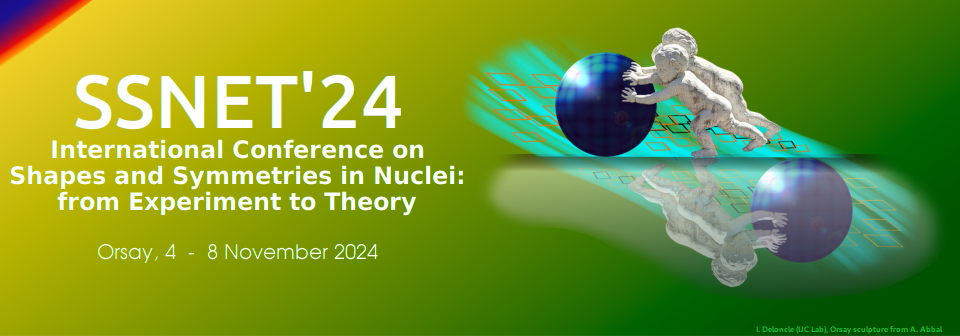Orateur
Description
The discrepancy between the average measured lifetime of trapped ultracold neutrons (τtrap = 879.4 ± 0.6 s) and the average beam measured lifetime of neutrons (τbeam = 888.0 ± 2.0 s) remains unresolved up to now. In 1990 Green and Thomson tried to resolve this puzzle by entering the two-body decay of neutrons (the decay into a hydrogen atom and antineutrino) into consideration. From the analysis of the experiments performed up to 1990, they deduced that the explanation of the puzzle in this way would require the corresponding branching ratio (BR) < 3%, which constituted four orders of magnitude discrepancy with the theoretical BR of 4x10-6. In 2018 Czarnecki et al analyzed more recent experiments on the neutron lifetime, as well as on the axial-current coupling, and deduced that the explanation of the puzzle in this way would require the corresponding BR < 0.27%, which still constituted 3 orders of magnitude discrepancy with the theoretical BR of 4x10-6. In the present paper we bring to the attention of the research community that with the allowance for the second solution of Dirac equation for hydrogen atoms, the theoretical BR is increased by a factor of 200, that it to 0.08%. (The hydrogen atoms, corresponding to the second solution of Dirac equation, have only the s-states, so that due to the selection rules they practically do not couple to the electromagnetic radiation; their existence is evidenced by four different types of atomic/molecular experiments.) Thus, the difference between the experimental limit of 0.27% and the theoretical BR is dramatically reduced: from 3 orders of magnitude to just a factor of 3. Consequently, the two-body decay of neutrons in the beam experiments (that count only the protons) plays a much more significant role in the overestimated neutron lifetime in these experiments than previously thought. I show that the two-body decay of neutrons has profound cosmological implications. Namely, it is the mechanism by which neutron stars are slowly but continuously producing baryonic dark matter (in the form of hydrogen atoms, corresponding to the second solution of Dirac equation), and this process goes on at the present time as well.

